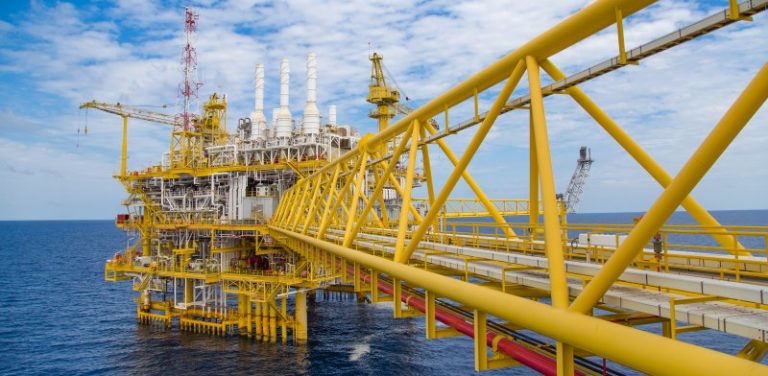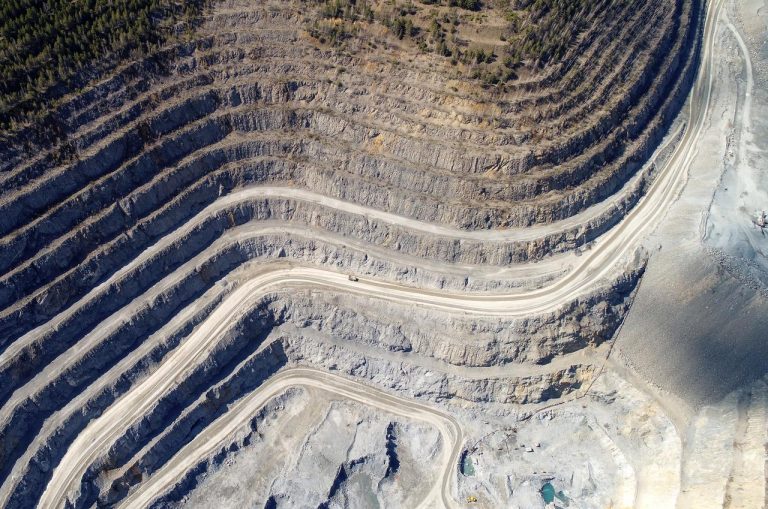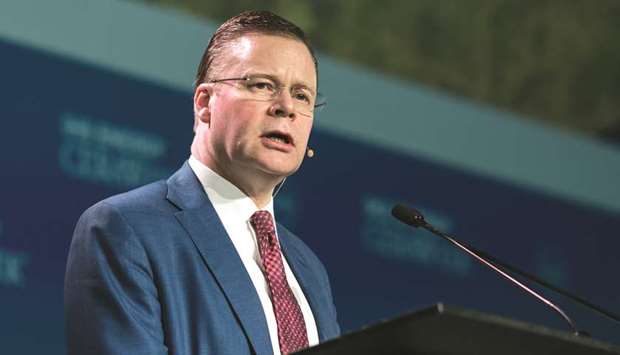Israel, Saudis Talked Gas Deals, Netanyahu Ally Says

Saudi Arabia has looked into buying Israeli natural gas, according to a former member of Prime Minister Benjamin Netanyahu’s cabinet, the latest sign of warming ties between two formally hostile nations.
The countries have discussed building a pipeline that would connect Saudi Arabia to Eilat, former Israeli parliamentary member Ayoob Kara, who cited conversations with “senior officials” in the region, said in an interview in Jerusalem. Eilat, the Israeli city which banks the Gulf of Aqaba and is about 40 kilometers (24.9 miles) from the border, was chosen for its proximity to Saudi Arabia.
An energy project of this magnitude would require formal diplomatic relations between Israel and Saudi Arabia and is likely to elicit political pushback. Israel remains largely unpopular in the Arab world for its treatment of Palestinians, who live under occupation in the West Bank and under siege in Gaza. Israel and Saudi Arabia have united behind closed doors in their antagonism toward Iran but formalizing an alliance may still be hard to achieve.
Kara has been one of Netanyahu’s closest advisers on relations with Arab countries and was among a handful of Israeli ministers to appear publicly in a Gulf state in the past year. “This is about mutual interest,” he said.
Representatives for the energy ministries in Israel and Saudi Arabia didn’t respond to requests for comment. The Saudi Information Ministry’s Center for International Communication also didn’t respond to a request for comment.
In Saudi Arabia, Israel would find an eager partner for its emerging natural gas industry. Companies found massive quantities of gas in Israeli waters about 10 years ago but have struggled to realize the fuel’s potential. The partners developing Israel’s biggest reservoir, have inked $25 billion in contracts but still have more than 80% of the reservoir untied to any buyers.
Saudi Arabia plans to invest more than six times that amount in gas over the next decade, in part to meet rising demand for cheaper electricity.
Regional Opposition
Mass demonstrations broke out in Amman in 2016 after the companies developing Israel’s biggest offshore gas fields signed a $10 billion contract with Jordan, home to millions of people of Palestinian origin.
While some Saudis argue that normalizing relations with Israel is a natural merging of interests, many others vehemently oppose the idea. Public resistance to establishing relations with Israel is so strong that a group of more than 2,000 citizens from different Gulf countries circulated an online petition last year “to stop all forms of normalization with the Zionist entity.” They signed their full names — a rare step in a region where freedom of expression is limited.
While leaders of the Arab world used to be united behind the Palestinians, that support began to wane with the rise of the Iranian threat to Sunni Gulf countries, Kara said. Saudi Arabia and its regional allies now pay “lip service” to the Palestinian cause, and are seeking upgraded military and economic ties with Israel to counter Iran, he said.
Gulf states are “not interested in the Palestinian issue,” Kara said. “All they care about is the security and future of their countries.”
Part of the discussions between officials center on a new energy corridor that would connect Saudi Arabia to the Eilat-Ashkelon Pipeline in Israel. This would allow the Arab kingdom to export its oil to Europe and markets further west while skirting a sea route where the U.S. has accused Iran of carrying out several attacks against commercial ships, Kara said.
Set up in 1968, Eilat-Ashkelon Pipeline Co. was then jointly-owned by Iran and Israel and facilitated oil exports from Iran to Europe. That relationship ended after Ayatollah Ruhollah Khomeini rose to power in Tehran in 1979 and he marked Israel as an enemy to the Islamic Republic.
— With assistance by Donna Abu-Nasr, and Vivian Nereim








